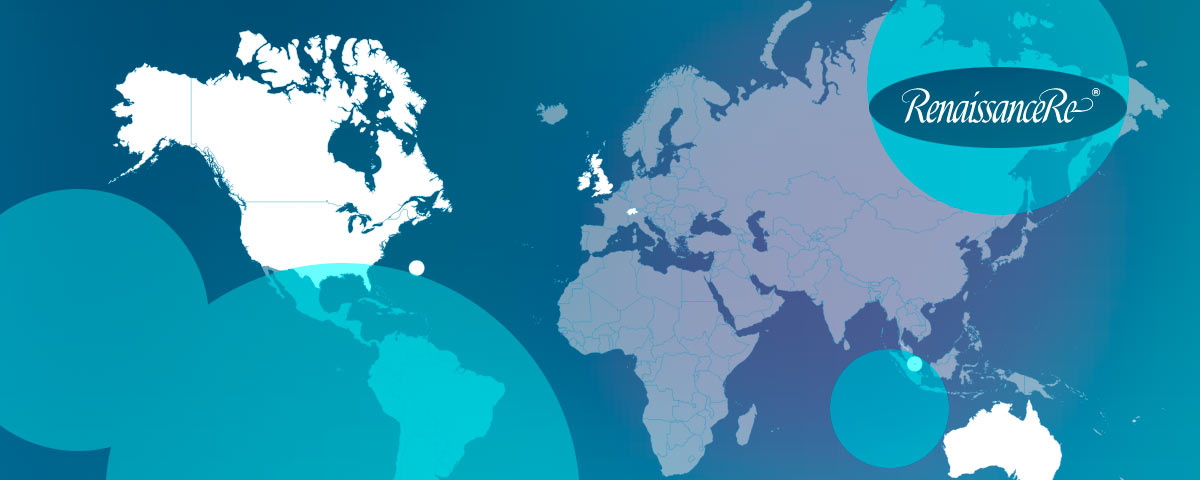Howden analysts say a series of high-profile aviation losses in 2025 may shift pricing conditions heading into the fourth quarter, despite a muted January renewal season.
The year opened with the American Airlines incident in January, with reserves still under review but expected to be significant. In June, Air India reported a major loss, reserved at more than $400mn.
Both events add to ongoing claims activity from the Jeju Air crash in late 2024, further deterioration of older losses, and unresolved Russia–Ukraine exposures.
American Airlines Incident – January 2025
The American Airlines event in January 2025 has emerged as one of the largest aviation claims in recent years. While the exact reserve remains under review, analysts expect the loss to be substantial, with potential exposure reaching into upper excess-of-loss (XoL) layers.
Market participants are watching closely, as the size of the claim could influence both pricing and structure of upcoming reinsurance programmes.
The incident has already sparked debate among reinsurers about how much attritional and large-loss activity the sector can absorb before significant repricing occurs.
Air India Loss – June 2025
In June 2025, Air India suffered a major aviation loss that has been reserved at more than $400mn. This event is expected to impact the lower layers of all-risk and possibly hull war reinsurance programmes, spreading costs across a wide pool of insurers and reinsurers.
Because the claim sits close to the $400mn trigger point for many retrocession structures, it has drawn attention from global reinsurance markets.
Combined with ongoing legacy claims and other recent accidents, the Air India loss is seen as a key driver of potential market firming into Q4 2025.
According to Howden, the combination is shaping pricing assumptions across insurers and reinsurers and could harden the market by year-end.
Paul Smith, Managing Director of Howden Re Aviation & Space, said the claims will affect quota share and excess-of-loss (XoL) structures.
American Airlines may impact upper XoL layers, while Air India could influence the first layers of many all-risk general and possibly hull war-specific programmes.
Paul Smith, Managing Director of Howden Re Aviation & Space
While capacity for large non-proportional risks remains strong, the accumulation of attritional pressure and major events could alter how 2026 reinsurance programmes are structured and priced.
At the July 1 reinsurance renewals, first-tier excess-of-loss and retrocession pricing remained flat. But Howden warns that the scale of the American Airlines claim may trigger broader repricing, particularly as reinsurers revisit exposure models based on prior years’ lower retentions and attachment points.
Retrocession structures, which often activate at $400mn of insured loss, could come into sharper focus.
Howden added that potential government involvement in covering parts of the losses may moderate the overall market impact.
Beyond loss activity, 2025 has also highlighted the growing role of Managing General Agents (MGAs) in aviation.
Their ability to make fast underwriting decisions is drawing interest from carriers seeking agility where traditional insurers face slower internal processes.
MGA-led platforms continue to expand their role in the aviation space. They’re well-positioned to respond quickly in a market that increasingly demands speed, specialisation, and defined risk appetite.
Paul Smith, Managing Director of Howden Re Aviation & Space
Howden’s outlook for 2026 is “cautious but deliberate.” Reinsurance capacity remains widely available, but recent events could push some providers to re-evaluate risk appetite and retention levels.
Dominic Riley, Managing Director at Howden Re Aviation & Space, said: “The full impact will become clear by year-end. Fourth-quarter airline renewals will show whether the market moves into a recalibration phase or continues holding steady.”









